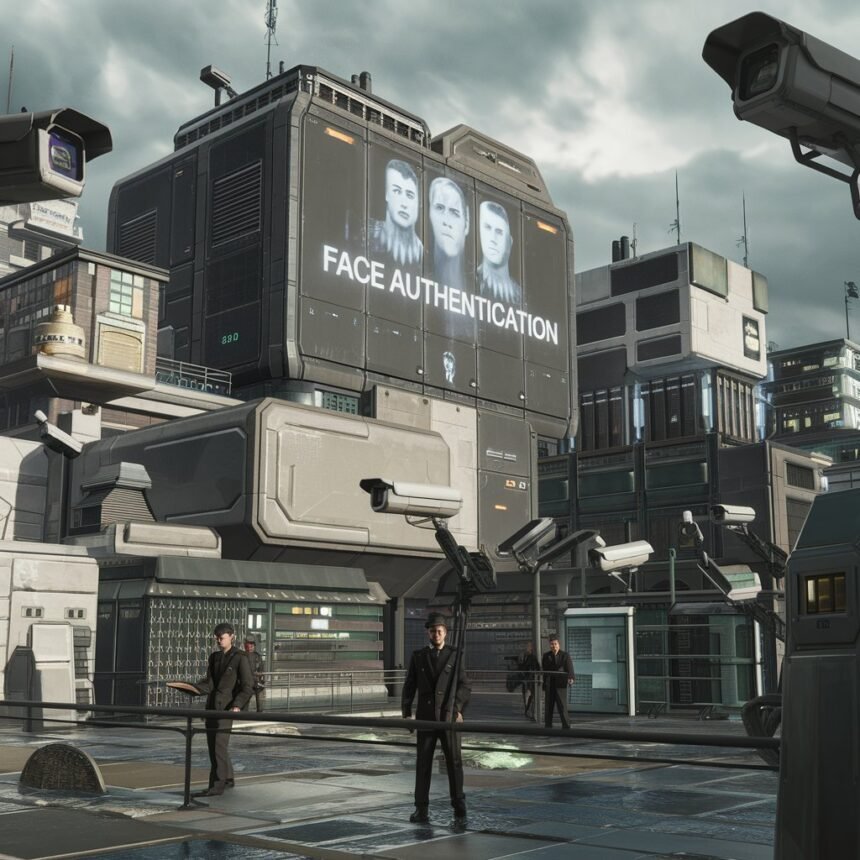Biometric technology, which is used to verify that a person is who they say they are, powers systems like face authentication. The comparison of live photos and videos of the face with the current image of the same individual is the foundation of the entire process. This comparison, however, ensures that the individual trying to gain access or confirm that their identification fits the current template. Additionally, the use of online face verification to unlock devices and access secure apps is growing quickly. Additionally, it verifies the identities of transactions made online.
Difference Between Recognition and Verification
Face verification and face recognition differ primarily in their methods and goals. Face verification systems verify an individual’s identity by comparing their live image to a template, focusing solely on 1:1 matching. In contrast, face recognition systems analyze individuals by comparing their faces to a database of multiple faces, using a 1:N matching mechanism. Organizations typically use face authentication systems in controlled environments for access control and identity verification, while they leverage face recognition technology for more dynamic purposes like surveillance and identity verification.
How is This Technology Helpful in Mobile Banking and Fraud Detection?
Even mobile banking is starting to play a significant role in our lives, yet this kind of popularity comes with drawbacks. Adding face-checking features to mobile banking apps can significantly improve security. Additionally, consumers who have access can start transactions using their face check ID. Thus, this strategy will improve user experience while lowering the chance of fraud.
In addition, face liveness detection can use pre-existing fraud checks to boost efficacy. With the incorporation of biometric verification systems in standard safety measures, financial institutions may rapidly spot fraud and thereby prevent such acts. Online face authentication systems can identify suspicious attitudes and perform additional verification procedures to discover potential fraud before it causes harm. This kind of fraud detection technology helps shield institutions and consumers from financial losses.
What Role Does This Technology Play in Healthcare?
With the latest innovations, face authentication technology will play an increasingly important role in remote healthcare. With excellent accuracy, the new invention will also expand its possibilities. Better diagnostic tools are made possible by the high accuracy and expertise of facial analysis made possible by the integration of AI. Additionally, as AI health services grow, there will be a greater push to advance face identification technology and improve the accuracy of remote consultations. Besides, this technology is also helpful in reaching out to the previous history of the patients. This system is safe and secure and no outsider can make any changes to the stored record.
Future of Face Authentication Technology
There are a plethora of ways through which a person’s identity can be verified by using their fingerprints, DNA matching, Iris recognition, hand geometry, audio verification, and signature verification. All methods are still in use in various sectors and organizations worldwide.
Globally, this recognition technology will soon play a crucial role in managing security levels. It is continuously working to take it to the next level by boosting its authenticity, features, and other methods. It can be seen expanding to numerous fields and industries, such as healthcare, retail, businesses, and many more. In this regard, all companies are working to upgrade their security systems and try to adopt the latest and fastest security levels.
Challenges Observed in the Technology
The most prevalent issue of this technology is privacy. People consider the working of the system suspicious. There is a continuous fear in people’s minds that advanced technology might misuse their information without their consent to harm them. Many videos and stories are trolling on social media that AI can track all the information from the phone and will blackmail them. In this regard, many people are still afraid of their face recognition.
Furthermore, this technology shows accurate results for certain demographic groups but records a higher error rate for women and people of color. This leads to its inaccuracy and bias.
Conclusion
In this digital age where everything is being upgraded, face authentication technology will also offer users advanced facilities and ease of use. Every financial institution can improve customer satisfaction, streamline operations, and boost security by implementing the newest biometric verification systems. As technology continues to advance, every user has the opportunity to broaden the scope of its applications and combat fraud.







